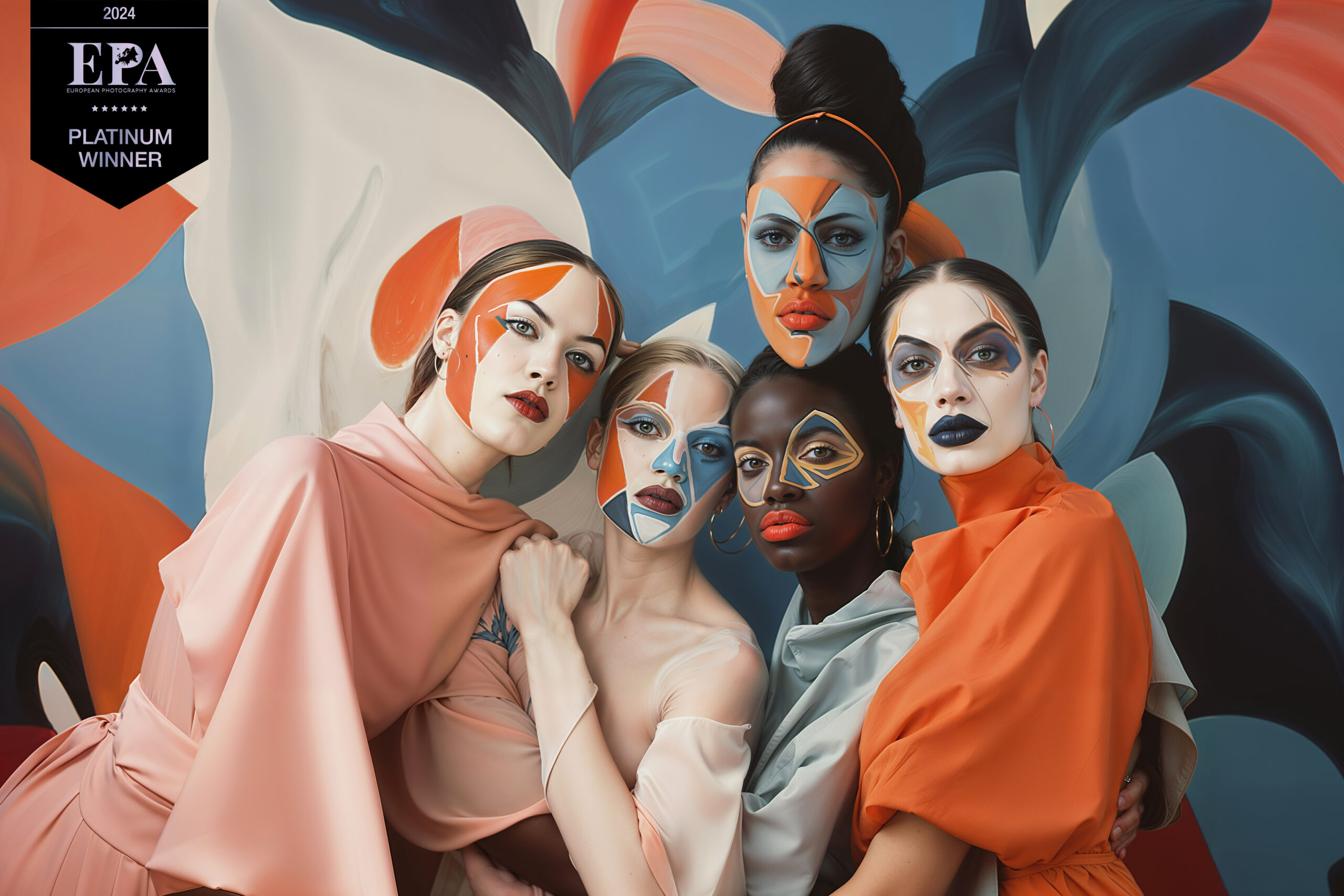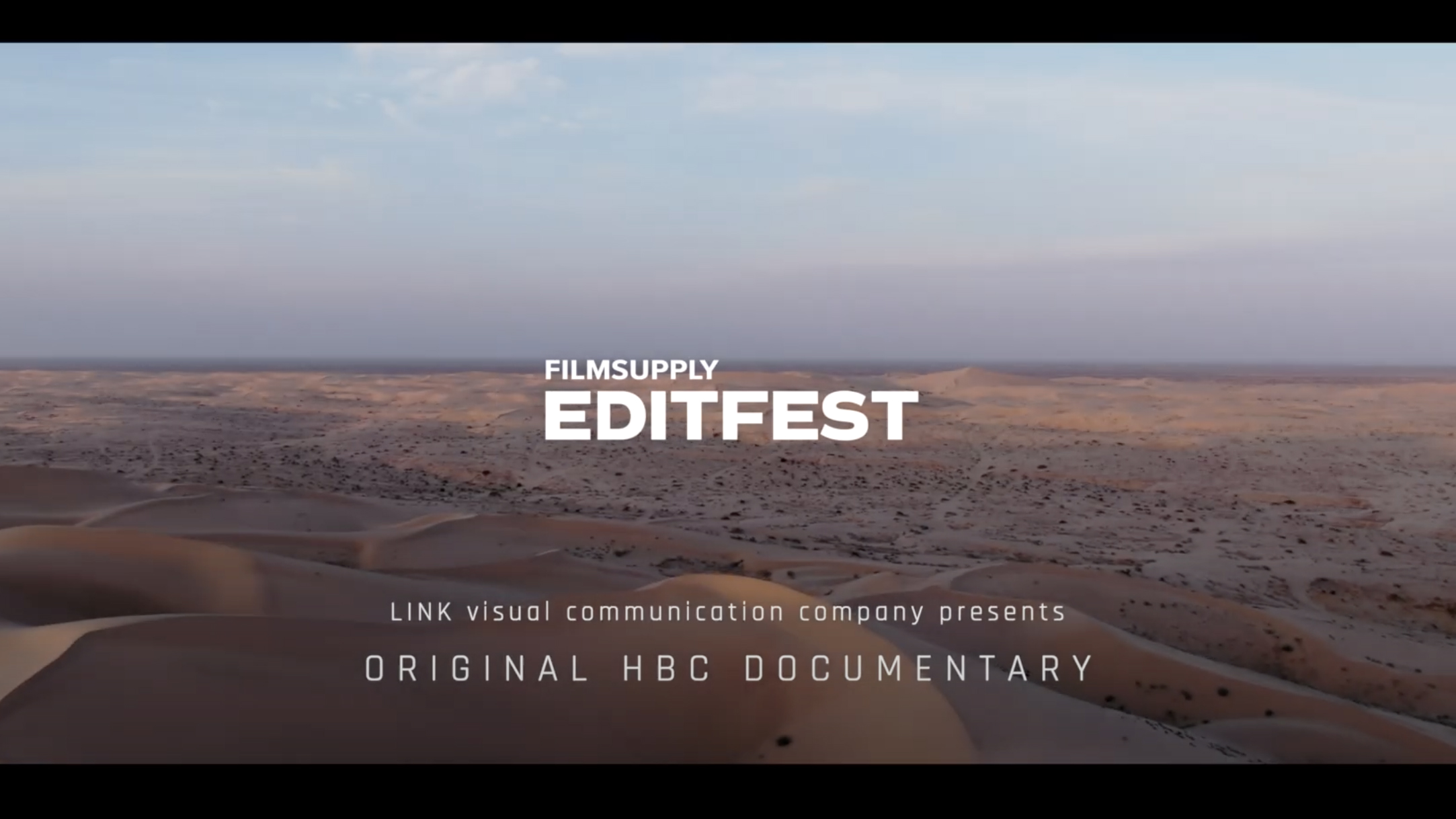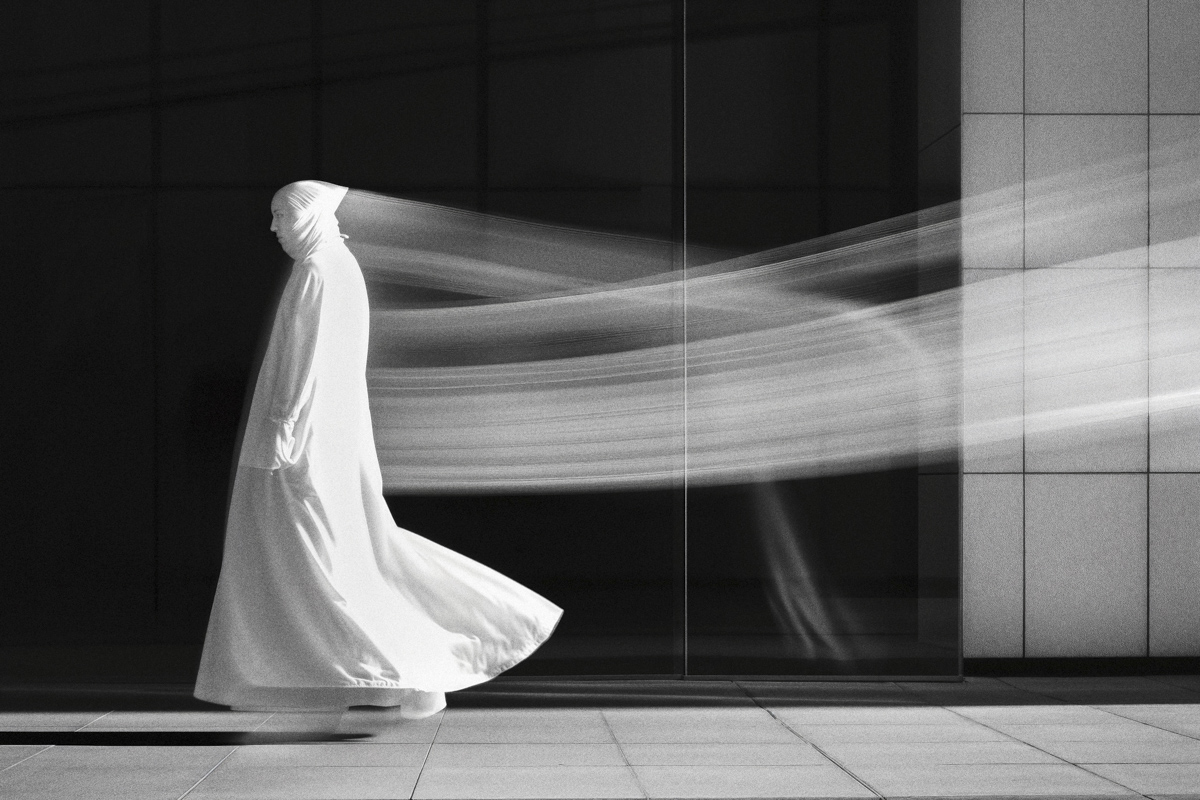A New Era of Creativity and Collaboration
AI and the Future of Art: A New Era of Creativity and Collaboration
Artificial Intelligence (AI) is poised to significantly reshape the future of visual art, a theme explored in the film “Checkpoint” by Áron Filkey and Joss Fong. The movie provides a thoughtful examination of AI’s role in the art world, illustrating how machines are becoming adept at creating visually stunning and conceptually complex works. This shift challenges the traditional boundaries of creativity, raising important questions about the future of human involvement in art.
In the coming years, AI is expected to profoundly influence how art is created, consumed, and appreciated. One of the key ways AI will change visual art is by acting as a collaborative tool for artists. Instead of replacing human creativity, AI can enhance it by automating repetitive tasks, suggesting new artistic directions, and even helping artists overcome creative blocks. For example, generative AI models can produce countless variations of an image or a design, giving artists a broader palette to work from and inspiring new ideas that might not have been conceived otherwise.
Moreover, AI has the potential to democratize art, making it accessible to a wider audience. With AI tools, individuals who may not have formal training in the arts can create high-quality works, thereby expanding the diversity of voices in the art world. This could lead to a more inclusive and varied artistic landscape, where the barriers to entry are significantly lowered.
However, the rise of AI in art also brings with it ethical and philosophical questions. As machines become capable of creating art that rivals or even surpasses human-made works, what will be the role of human artists? Will the value of art shift from the creator’s identity to the concepts and emotions it evokes? Additionally, issues of authorship and ownership become more complex when a piece of art is the product of both human and machine collaboration.
The film “Checkpoint” delves into these issues, offering a nuanced perspective on how AI is not just a tool but a collaborator in the creative process. It suggests that the future of art will be a hybrid one, where human ingenuity and machine intelligence work hand in hand to push the boundaries of what is possible.
As AI continues to evolve, it will undoubtedly lead to new forms of expression and entirely new genres of art. Whether this will diminish the role of human artists or simply expand the possibilities of artistic creation remains to be seen. However, one thing is clear: AI is set to play a transformative role in the future of visual art, offering exciting possibilities for both artists and audiences alike. For a deeper exploration of these ideas, the film Checkpoint provides a compelling narrative on the intersection of art and technology.




